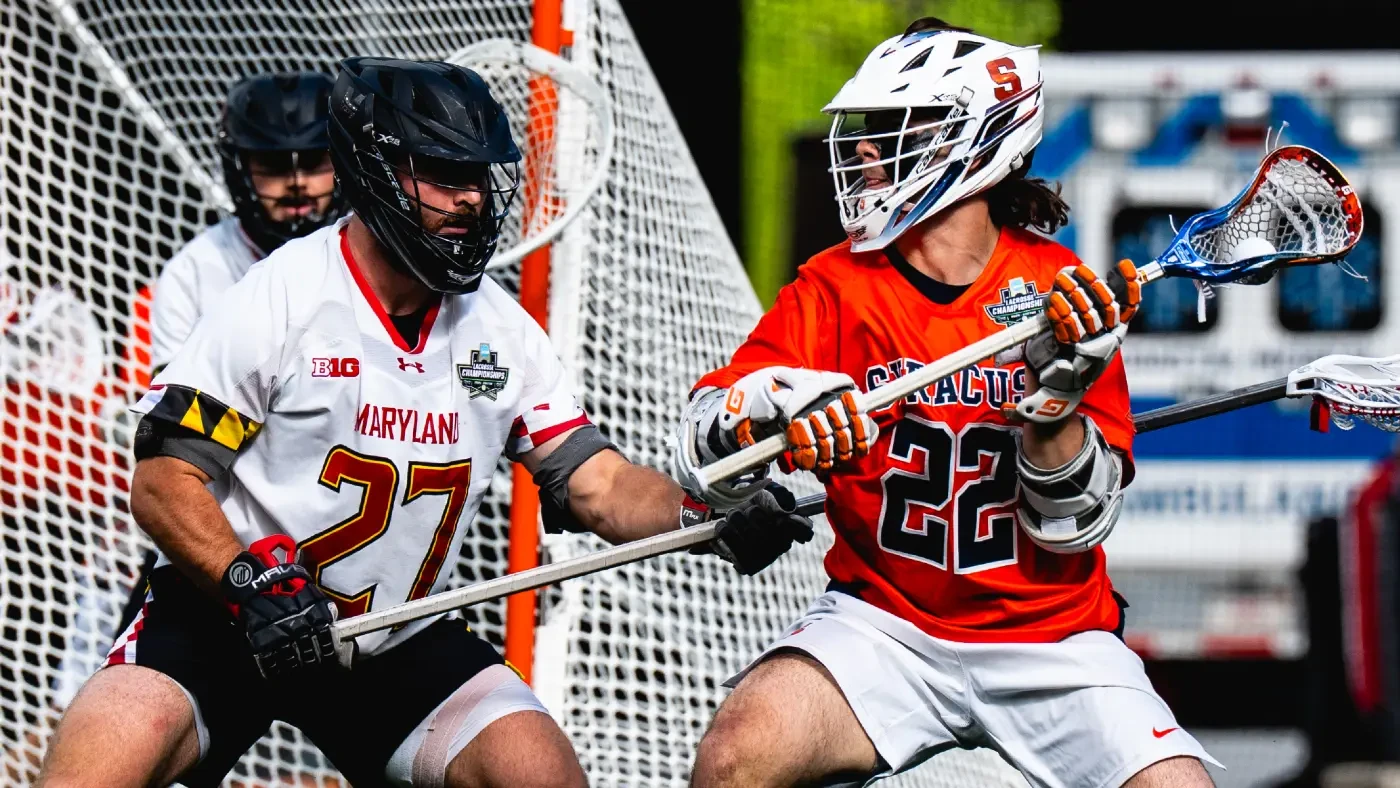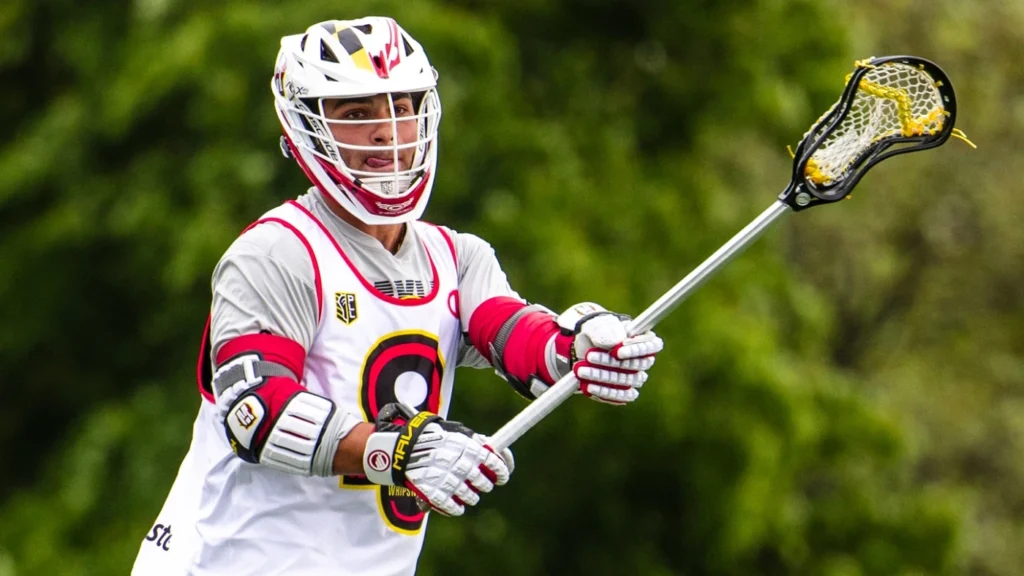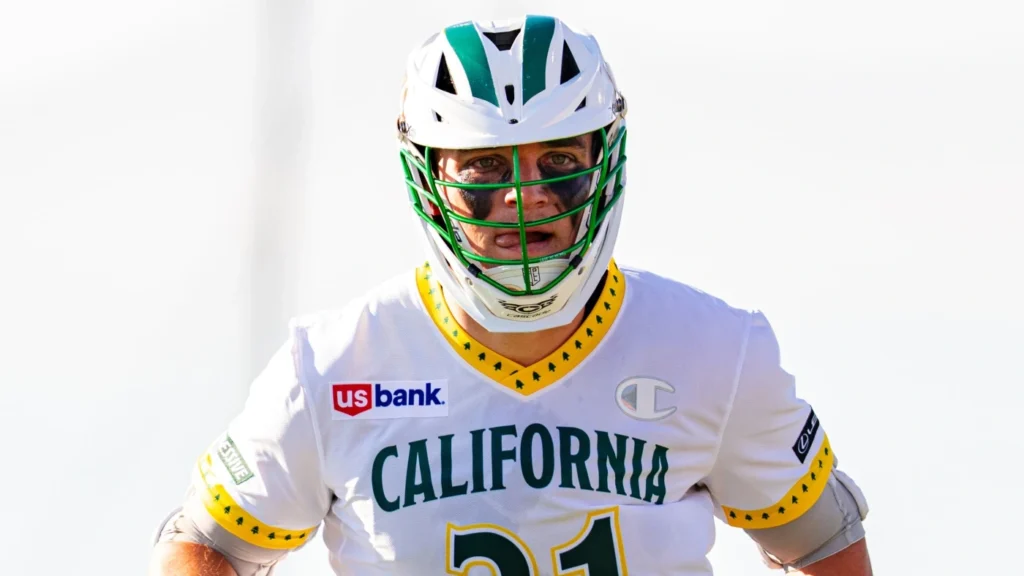Following a 4-6 season plagued by injuries and unexpectedly poor offensive performances, the Utah Archers own the No. 1 overall pick in the College Draft for the third time in club history.
The 2026 College Draft is going to be a fascinating one. It will feature a class that will prompt a lot of questions leading into draft day.
Is Joey Spallina the top talent in the ilk of CJ Kirst and Brennan O’Neill from the past two years? Will someone else, like Silas Richmond or Eric Spanos, establish themselves as the clear 1:1? When will stud short-stick defensive midfielder Aidan Maguire go off the board? Are there goalies who could push for starting jobs? Which close defender will be taken first?
There’s also plenty of intrigue with the eight teams and the draft order. The Archers own the first overall pick – but will they when draft day rolls around? Could a team that was on the brink this past summer make a move that catapults them into the tier alongside the New York Atlas and Denver Outlaws?
All questions will be answered in time. For now, we’ll work with what we’ve got. Utah is on the clock with months to go. Here are five players they could take first overall:
Joey Spallina (Attack, Syracuse)
Spallina is the biggest name in the 2026 draft class, deservedly so. He’s had an incredibly productive career at Syracuse, leading the Orange in points from the moment he stepped on the field at the JMA Wireless Dome. No. 22 has already etched his name into Syracuse lore, leading the Orange back to Championship Weekend for the first time in 12 years in 2025.
His projection to the PLL is a fascinating one. Spallina’s IQ is arguably his greatest trait. It’s rare that he makes the wrong play. He facilitates offense by keeping the ball humming, exploiting indecisive slides and hitting open teammates on their ear. He manipulates slides off the ball masterfully and has a good step-down shot from range that punishes defenders who fall victim to his constant movement.
The question for Spallina has always been regarding his ability to win a matchup on-ball. He doesn’t boast the blow-by-you speed of a Michael Sowers or a Connor Shellenberger, nor the overwhelming physicality and technique of O’Neill or Kirst.
Where he wins is in the margins, in the angles. That’s why he’s so effective at five-and-five. He leans on defenders and makes them wrong before using his bag of tricks as a shooter to score with little to no separation. That’s what he did against Princeton in the NCAA quarterfinals last spring, putting up four unassisted goals and four assists while repeatedly dodging and scoring with his strong right hand.





